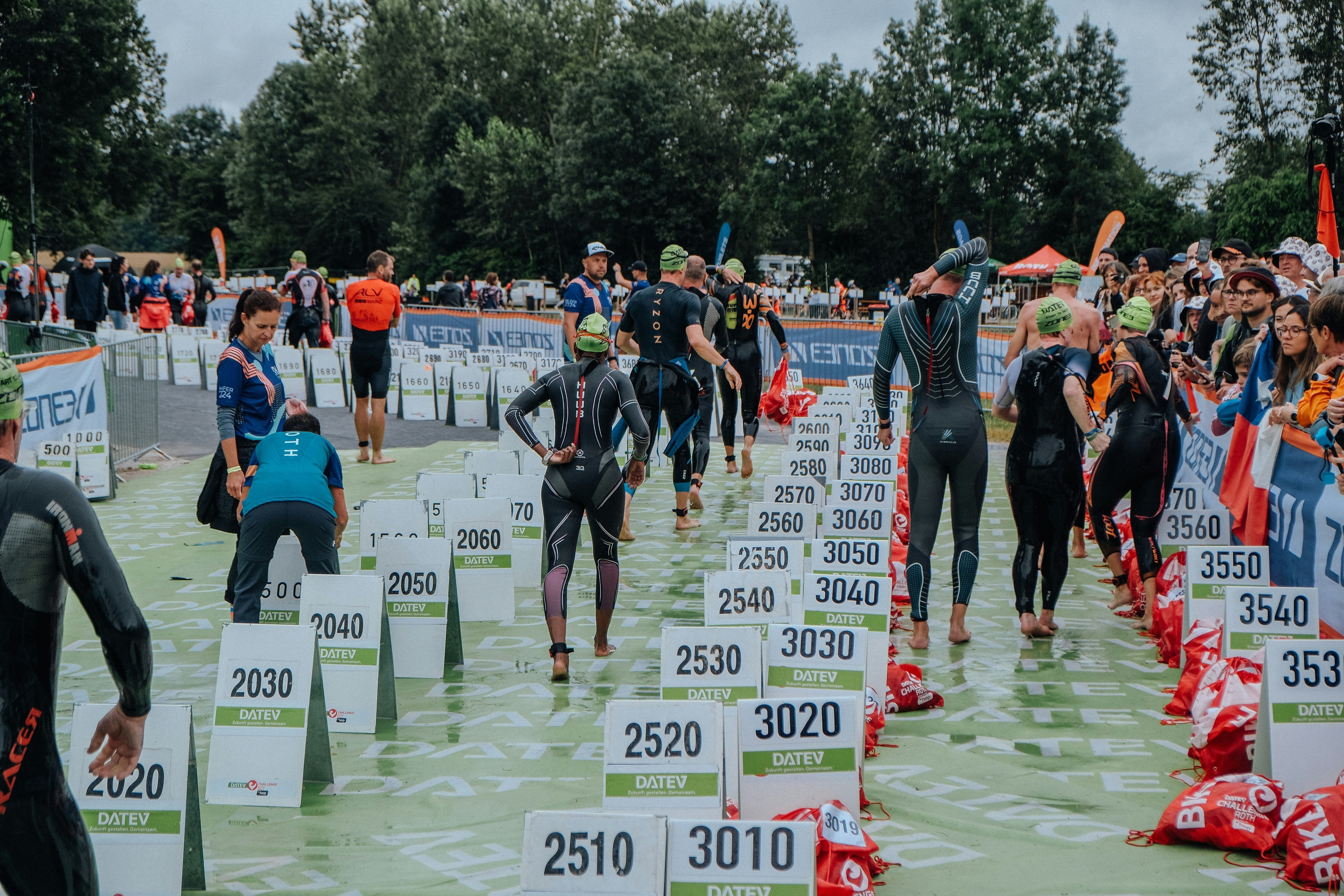Are you new to the world of triathlon? Then the differences between the various disciplines are probably not entirely clear to you.
In fact, there isn't just one type of triathlon; on the contrary, competitions vary greatly.
What changes?
- The type of discipline;
- The type of soil;
- Climatic and environmental conditions etc.
What doesn't change?
The presence of swimming, cycling and running (in that order) and the desire to throw one's heart and soul over the obstacle during training and competitions.
In this article, we shed light on the various disciplines of Triathlon, from the most famous ones like the Olympic Triathlon or the Ironman, to the lesser-known ones.
As you'll see, this sport has many more facets than you might imagine. Triathletes require a high level of preparation to best tackle endurance or sprint races.
Triathlon: the most popular disciplines
The most famous triathlon disciplines are undoubtedly three:
- The Olympic Triathlon , which is the version that we could define as “classic” of the Triathlon;
- the Ironman , or super-long triathlon, which puts the athletes' endurance to the test;
- The Sprint , a version with shorter distances, which instead requires speed and acceleration.
Between the Ironman and the Olympic Triathlon is the half Ironman .
While we can tell you that the Sprint Triathlon is not the discipline with the shortest distances overall: in fact, there is also the Super Sprint race.
What are the specific characteristics of each discipline? Let's delve into the details.
The Olympic Triathlon
The Olympic Triathlon is the Triathlon of the Olympics. As we've already mentioned, like every discipline in this sport, it consists of three phases: swimming, cycling, and running.
In the Olympic Triathlon the distances are as follows:
- 1.5km swim;
- 40 km by bike;
- 10km run.
At the Olympics, there is also a team relay , which can also be mixed, with two men and two women in each team.
Great Britain won the triathlon at the 22nd Olympiad, taking home the highest medal haul.

The Ironman
Outside the Olympic circuit, Ironman is the most well-known discipline in this sport. Ironman races originated from the initiative of a private company but have established themselves as endurance events for the most trained athletes.
What challenges do you face if you too want to become an "iron" woman or man?
The three phases of swimming, cycling and running have truly remarkable distances: 3.8km of swimming, 180km of cycling and finally 42.195km of running (which is exactly the length of a marathon).
In addition to the Ironman, there is the half Ironman, a discipline that represents a compromise between this super-long competition and the Olympic Triathlon.
In the Half Ironman, athletes swim 1.9km, then cycle for 90km, and finally the running phase is halved to 21km.
The Sprint Triathlon and the Super Sprint Triathlon
In the Sprint Triathlon, the distances are significantly shorter . It's a race where speed is the winning feature. We're talking about "just" 750 meters of swimming, 20 km of cycling, and 5 km of running. On average, triathletes take just over an hour to complete the course.
The Super Sprint version is even faster. Athletes swim 400 meters, then cycle 10km, and finally run 2.5km.
Which discipline should I start with?
In triathlon, no discipline is easier than another. The truth is that while the Ironman sounds like a true test of endurance and willpower, the Sprint and Super Sprint are also extremely difficult disciplines. On the one hand, they require extreme endurance training, on the other, they require enormous muscular power for speed.
If you want to start practicing triathlon, you shouldn't ask yourself which discipline is best to start with, but how motivated you are. This is a sport suitable only for athletes who are truly determined to push themselves to their limits.
You need to arm yourself with consistency and determination in training and in choosing a suitable diet to support your body in such a strenuous activity.
Furthermore, those who are new to the world of triathlon need specific accessories. We've already discussed this in our article " The triathlon accessories you need to know to perform at your best in the race ."
It ranges from the suit, to the right shoes, to the bike, to the choice of wheels and accessories for the cycling phase. Here, adopting the best tools and accessories represents a real advantage over your competitors. Using the right technology doesn't hinder your performance, but it allows you to avoid wasting a single joule of energy during the race and maximize all the effort put into training.





